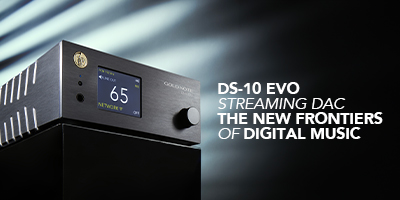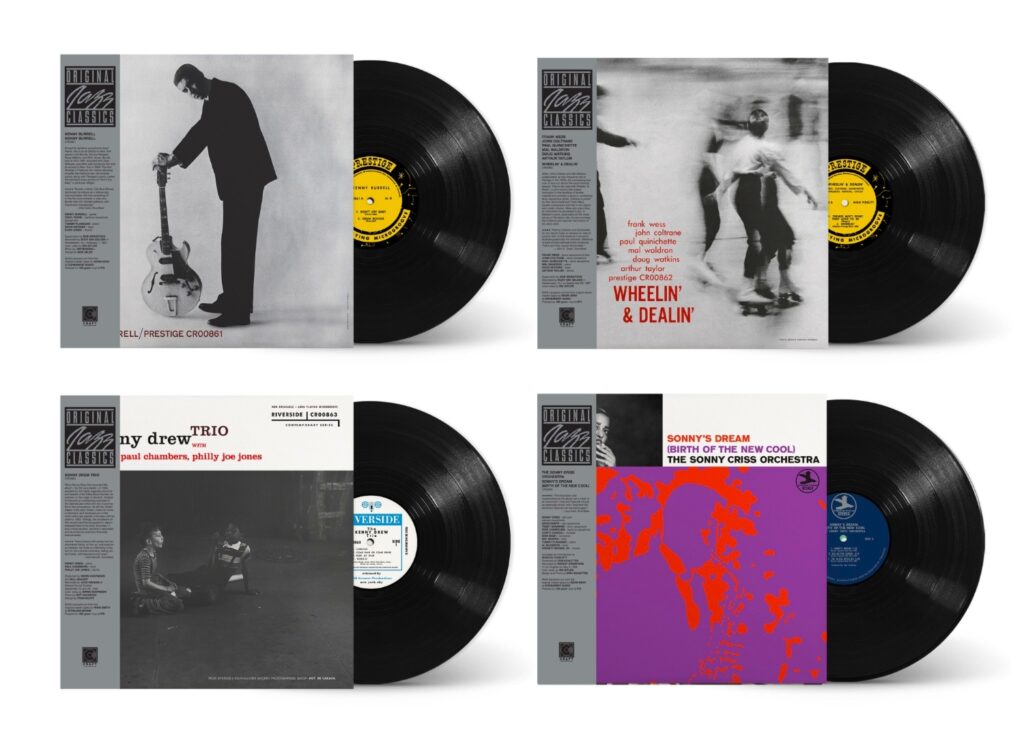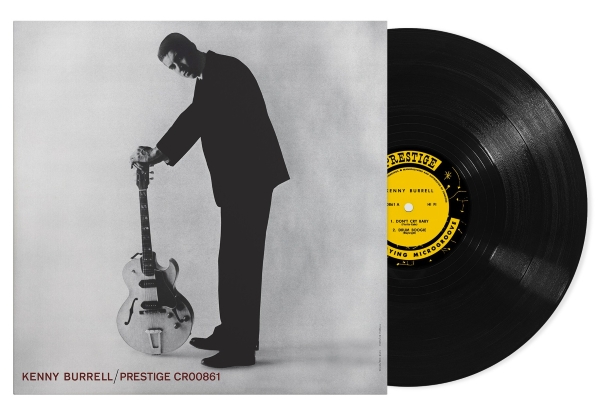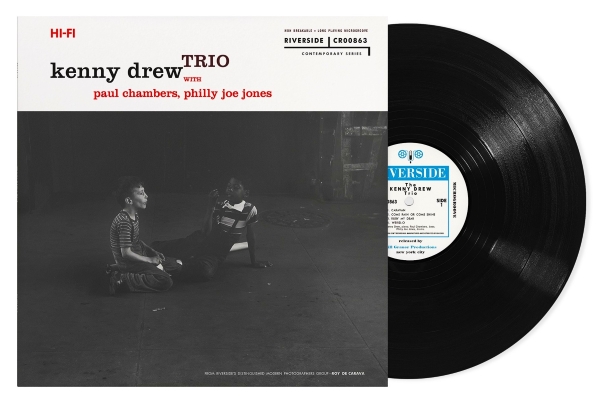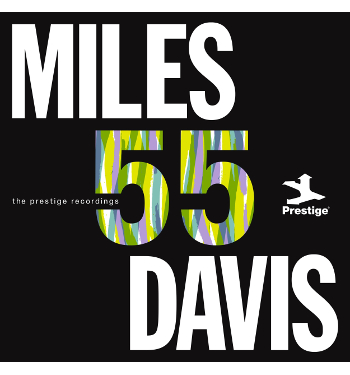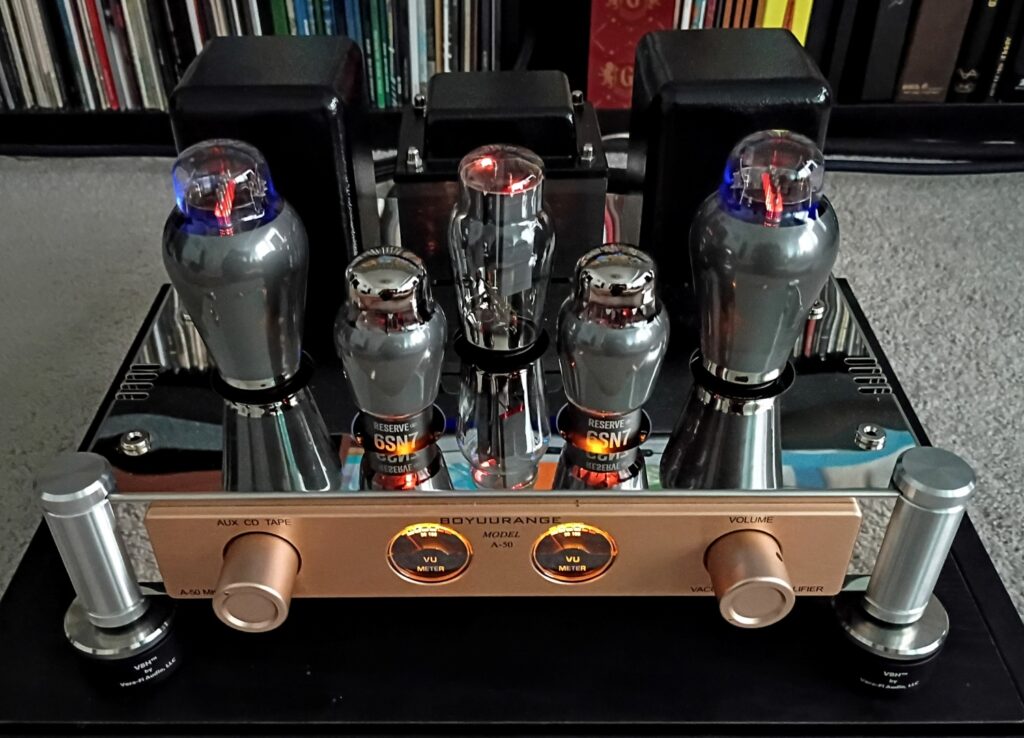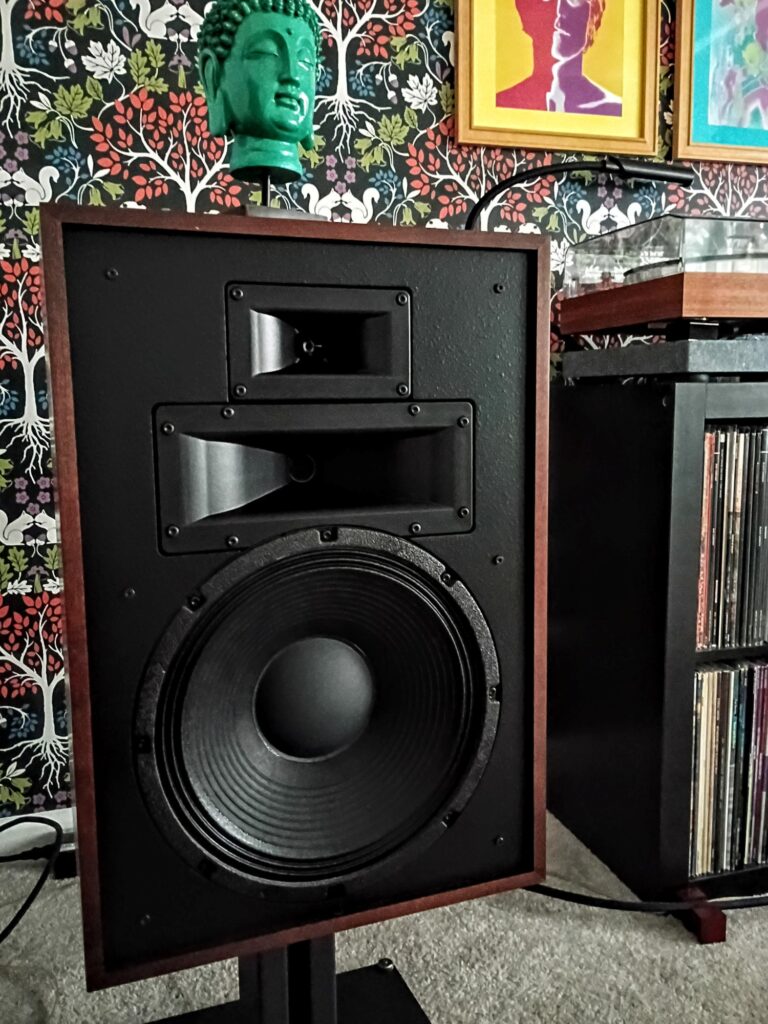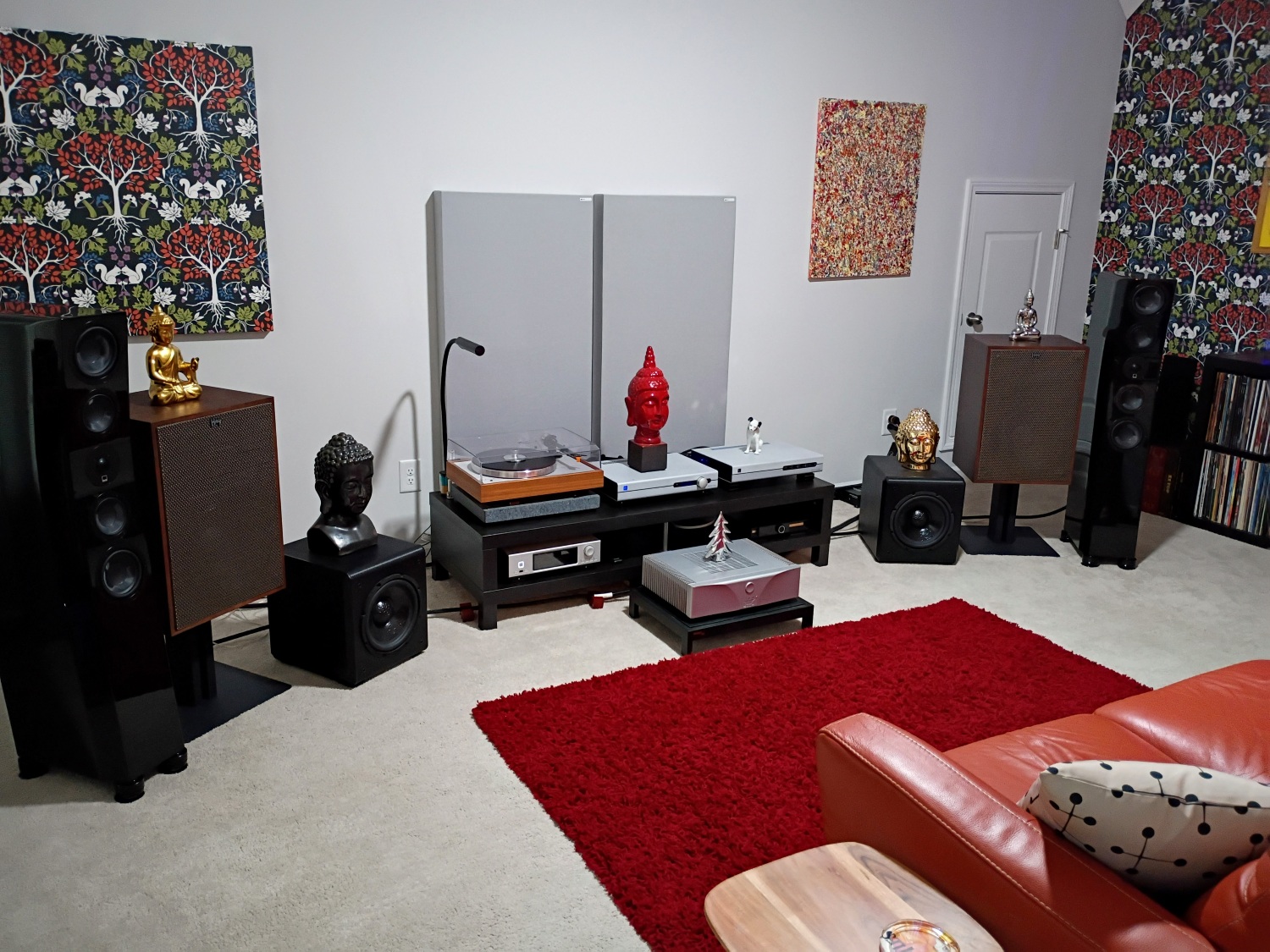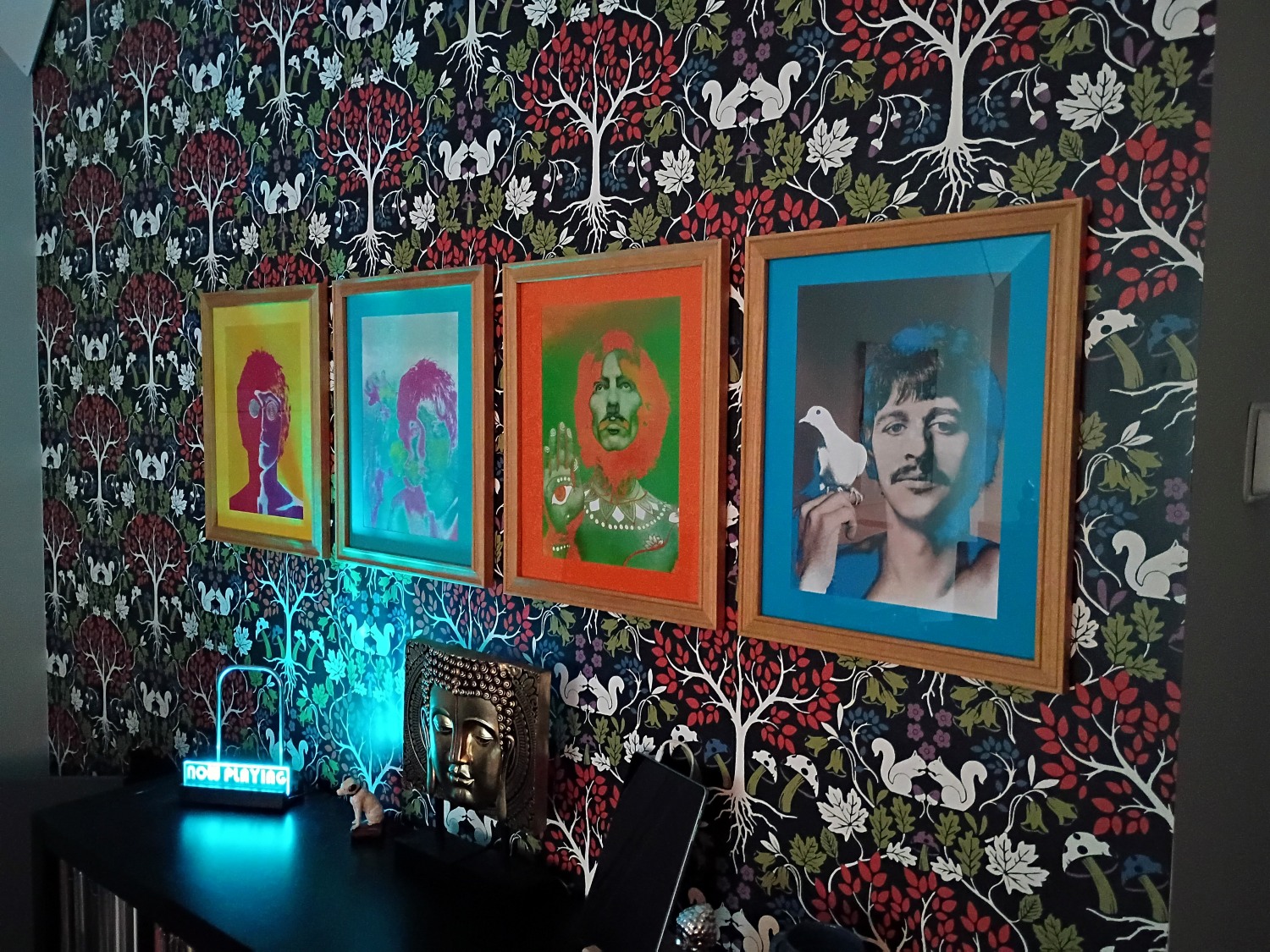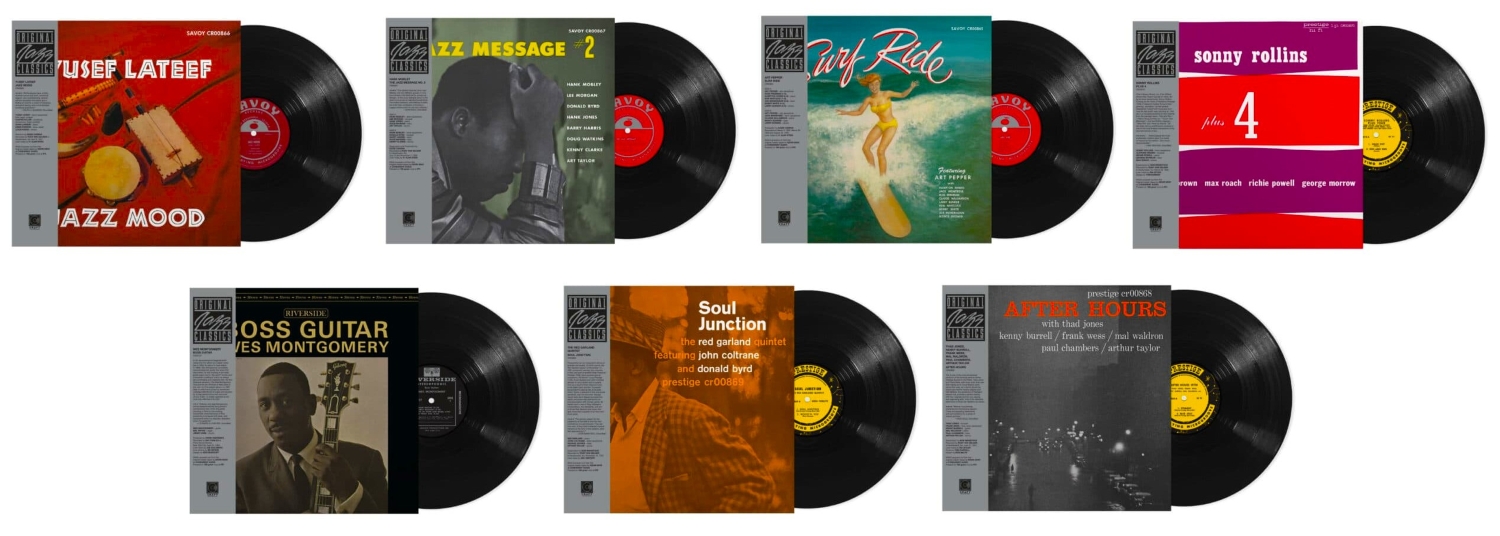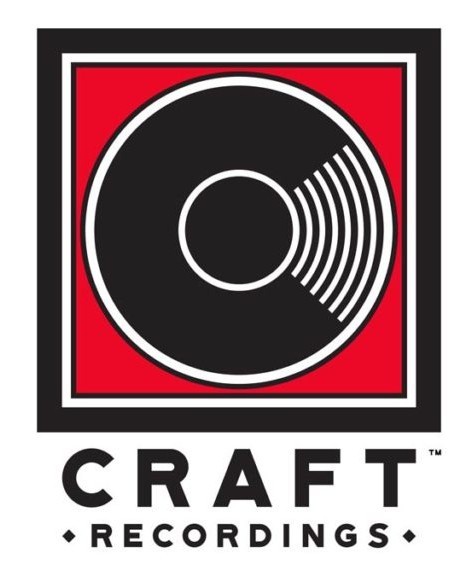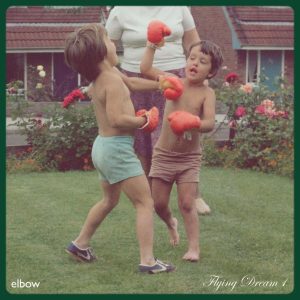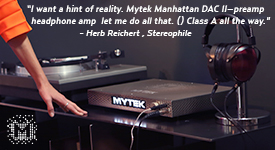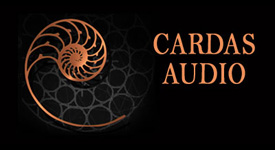Craft Recordings has just released the latest installment in the Original Jazz Classics (OJC) reboot series, featuring four new titles that are scattered across the Prestige and Riverside labels. Including guitarist Kenny Burrell's fourth Prestige LP, 1957's Kenny Burrell; the 1958 Prestige blowing session Wheelin' and Dealin', which features the horns of Frank Wess, John Coltrane, and Paul Quinichette; as well as pianist Kenny Drew's first Riverside label recording, 1956's Kenny Drew Trio. Another Prestige label title, saxophonist Sonny Criss' 1968 blowing session, Sonny's Dream (Birth of the New Cool), is also being released later in September—I'll update this review upon its arrival. Craft has also just released another in their series of Miles Davis box sets, Miles 55 (The Prestige Recordings), which collects Prestige label tracks from the string of 1955 albums leading up to his "First Great Quintet" that featured John Coltrane, Red Garland, Paul Chambers, and Philly Joe Jones (all relatively unknown players at the time), along with veterans like Milt Jackson, Ray Bryant, and Oscar Pettiford. The OJC recordings are being made available as 180 gram LPs and high resolution digital files for download or streaming on most major services, and can also be ordered from Craft's web store HERE. Miles 55 is also available as LPs and digital files, and adds a deluxe 2-CD box set to the mix; all versions are available at the web store HERE. Many online providers—including brick and mortar locations like your favorite independent record store—will also stock the individual LPs and both box sets.
As always, the OJC reissues were remastered from original analog tapes by Kevin Gray at Cohearent Audio. Gray also cut the lacquers for the LPs that were pressed on 180 gram audiophile vinyl at RTI. All OJC albums were housed in heavy tip-on outer jackets printed by Stoughton in California, with crisp artwork sourced from the vaults of Prestige and Riverside Records. The outer jackets all have the classic, high-gloss coating that distinguished the original pressings of the various OJC labels back in the day. Each jacket's custom OBI strip adds to their collectibility, while also providing a glimpse of each reissue's artistic and technical information. All Craft OJC LPs arrive inserted into premium rice paper inner sleeves, and the pressings from RTI are perfection incarnate.
Miles 55 (The Prestige Recordings) was remastered from the original analog tapes by Paul Blakemore at Concord Studios; Kevin Gray mastered the vinyl and cut lacquers for the 180 gram LPs at Cohearent Audio. The LPs were pressed by Optimal in Germany; they also created the set's elaborate packaging, which is housed in a beautiful, die-cut outer slipcase that matches the bold aesthetic of last year's Miles 54. The top of the case slides off to reveal three brightly colored individual album jackets, which presents the LPs in the chronological order in which they were recorded. A thin pocket towards the front of the slipcase houses a multipage booklet, whose artwork can be seen through the die cut. The booklet features session photos, technical information, and an informative essay from journalist Ashley Kahn, as well as Dan Morgenstern's pertinent session notes from 1988's Chronicle: The Complete Prestige Recordings 1951-1956. Each 180 gram LP was inserted into a rice-paper lined paper inner sleeve within the individual album jackets. It's a truly beautiful LP reissue package, and will be the perfect companion to last year's Miles 54.
Kenny Burrell, Kenny Burrell. 180 gram Prestige Records LP, $39
Detroit guitarist Kenny Burrell was prolific, if anything, and released no fewer than six LPs in 1957, including two albums that were titled Kenny Burrell. One was recorded for Blue Note, and this one—his sixth studio album—was released by Prestige Records. Kenny Burrell was recorded in a single day, February 1, 1957, and despite being his sixth album, was actually recorded a couple of months earlier than the identically named Blue Note release that became his second studio LP. For this session, he assembled a team of mostly Detroit musicians, including Tommy Flanagan on piano, Doug Watkins on bass, and Elvin Jones on drums; only baritone sax player Cecil Payne wasn't from the motor city. The album was recorded by Rudy Van Gelder at his studio in Hackensack, New Jersey, and was produced by Bob Weinstock for Prestige Records. The recording is a mix of standards like James P. Johnson's "Don't Cry Baby" and Cole Porter's "All of You," along with jazz originals like the Roy Eldridge/Gene Krupa "Drum Boogie" and Bud Powell's "Strictly Confidential." The lone Kenny Burrell composition is the album's closer, "Perception."
Kenny Burrell had developed a reputation for his sterling musicianship prior to arriving in New York City. His influences were diverse, including players like Charlie Christian, Oscar Moore, and Django Reinhardt, but he also absorbed blues sensibilities from T-Bone Walker and Muddy Waters. In Ira Gitler’s liner notes for this album, he quotes Downbeat critic Nat Hentoff’s review of Burrell’s first Prestige release, 1957’s All Night Long. Hentoff wrote: “...it is Burrell who impresses me increasingly as the most important of the newer guitarists. He pulls the hat trick—solid, full tone; bracing ideas, and a no-nonsense, this is home beat. And the blues, furthermore, is a key part of his language.”
Kenny Burrell was reissued numerous times over a fifteen year period by Prestige Records, often with different artwork and retitled as Blue Moods. The various reissues alternated between the original mono and stereo tapes, but its 1982 reissue as part of the first OJC series used the original album title and artwork, as well as the original's mono tapes. Other than the OJC release, Kenny Burrell has been out of print as an LP (and in the record's original guise) domestically since it was first released in 1957.
Frank Wess, John Coltrane, Paul Quinichette, Mal Waldron, Doug Watkins, and Arthur Taylor, Wheelin' and Dealin'. 180 gram Prestige Records LP, $39
Prestige Records often filled complete albums with assemblages of performers who were working on each other's recordings and just happened to be in the studio at the time. They were often released under "The Prestige All Stars" moniker; Wheelin' and Dealin' squarely fell into that category. And it was actually re-released several years later on Prestige Records' New Jazz imprint as exactly that: Wheelin' and Dealin' by The Prestige All Stars. The cast of players that sat in on this session included saxophonist and flautist Frank Wess, the tenor saxes of John Coltrane and Paul Quinichette, and Mal Waldron on piano; Doug Watkins' bass and Art Taylor's drums filled out the rhythm section. The recordings took place on September 20, 1957 at Rudy Van Gelder's Hackensack, New Jersey studio, with Bob Weinstock producing the album for Prestige Records.
One might wonder why a player of Coltrane's caliber was participating in what was essentially a "pick up" session. The initial recordings he made as a member of Miles Davis' "First Great Quintet" were only just breaking out, and his star wasn't burning at an excessive level of brightness at this point. And besides, pianist Mal Waldron was a regular cohort of Coltrane; a mix (or all) of the players from Wheelin' and Dealin' also participated in recordings on the same date that found their way on Waldron's Mal/2 (released in 1957), as well as another Prestige spin-off, The Dealers (released in 1964). Prestige Records didn't waste studio time, and they essentially released everything that was ever recorded by Rudy Van Gelder for the label in one form or another. Wheelin' and Dealin' was originally released as a mono LP, and didn't see a stereo reissue until 1991's OJC. Other than that and 1964's New Jazz reissue, the LP has been domestically out of print for over 60 years.
The album consists of a pair of lengthy Mal Waldron compositions, "Wheelin'" and "Dealin'", along with a standard, Mercer Ellington's "Things Ain't What They Used to Be" and Illinois Jacquet's "Robbins' Nest." The entire affair is an extended blowing session; each of the trio of tenor saxes gets plenty of room to stretch out, with Frank Wess' flute making an occasional appearance. Mal Waldron appears to have orchestrated the sessions, and his excellent pianisms are evident throughout—when you can clearly hear them. Wheelin' and Dealin' is an early stereo recording, and other than during his solos, Waldron's piano track was mixed so low that it's almost nonexistent. This is still a great recording, though it suffers slightly from less than perfect early stereo sound.
Kenny Drew, Kenny Drew Trio. 180 gram Riverside Records LP, $39
Kenny Drew's 1956 trio setting, Kenny Drew Trio, was the pianist's fourth studio album as a leader and his first for Riverside Records. Album co-producer Orrin Keepnews helped Drew assemble the trio for the sessions, bringing in bassist Paul Chambers and drummer Philly Joe Jones to augment Drew's piano. The album was recorded in two days, September 20 & 26, 1956, and the sessions took place at Reeves Sound Studios in New York City with engineer Jack Higgins behind the console. Orrin Keepnews and Bill Grauer co-produced the record for Riverside Records. Kenny Drew Trio was a mono recording, and has only ever been made available as such. Almost a year to the day following these sessions, the trio of Drew, Chambers, and Jones would reunite to form the rhythm section on John Coltrane's only Blue Note label recording, the classic Blue Train.
The album's eight tracks criss-cross a range of standards and jazz originals, opening with a propulsive rendering of Duke Ellington's classic "Caravan." Harold Arlen and Johnny Mercer's "Come Rain or Come Shine" is given an uncharacteristically upbeat reading by the trio, and Arlen's "It's Only a Paper Moon" features some brilliant work from Kenny Drew, whose uptempo version is delightfully inventive. Ned Washington's "When You Wish Upon a Star" (from Walt Disney's Pinocchio) is given an appropriately tender rendition. Drew's reading of Thelonious Monk's "Ruby My Dear" is, of course, lacking the expected Monkisms, but is nonetheless delivered with quirky tenderness. Hank Mobley's "Wierd-O" features more of Kenny Drew's stellar work at the keyboard. The album's only original, Drew's rollicking "Blues for Nica," offers a well-deserved tribute to famed jazz patron Baroness Pannonica de Koenigswarter of the Rothschild family, and the tune has since become a standard in its own right.
Since its 1956 release, Kenny Drew Trio has been reissued a handful of times; a 1960 LP was rebranded as Tough Piano Trio (seriously?) on Riverside's Jazzland imprint, and the album was reissued in its original form as an OJC in 1983 and 1992. Otherwise, it's been out of print domestically on LP for over 60 years; minty originals are virtually nonexistent, and even VG+ OJC's go for $50 and up, making Craft's new OJC reissue very desirable!
Miles Davis, Miles 55 (The Prestige Recordings). (3) 180 gram Prestige LPs, $110
Craft's new box set Miles 55 (The Prestige Recordings) captures album tracks from three Prestige label studio dates with Rudy Van Gelder, where Miles was making the transition to his "First Great Quintet" that featured John Coltrane, Red Garland, Paul Chambers, and Philly Joe Jones. Those albums are scattered across several key dates; the session on June 7, 1955 included both Red Garland and Philly Joe Jones, augmented by bassist Oscar Pettiford, and yielded the tracks that would become The Musings of Miles. The August 5th date found Miles in the studio with vibraphonist Milt Jackson, pianist Ray Bryant, and a rhythm section that featured bassist Percy Heath and drummer Art Taylor. Saxophonist Jackie McLean joined on two tracks, and the session produced the album Miles Davis and Milt Jackson Quintet/Sextet. Miles' final 1955 session took place on November 16th, and featured the lineup that evolved into the "First Great Quintet," and yielded the album Miles: The New Miles Davis Quintet.
In addition to preparing for the next phase of his career with Columbia Records, Miles Davis was taking care of some unfinished business by fulfilling obligations to Charles Mingus, as well as some contractual necessities with Prestige. That helps explain why his Prestige Records output from 1955 only produced three catalog LPs. I'd already reviewed two of those remastered LPs collected in Miles 55, including The Musings of Miles and Miles: The New Miles Davis Quintet. Both of which had already been released as part of Craft Recordings' reboot of the OJC series, and you can read my take on those excellent LP reissues HERE and HERE. Listening again to those superlative reissues and the LPs from Miles 55, I had no distinct preference—they all sounded magnificent!
The outlier in Miles 55 is the album yielded by the August 5th sessions, Miles Davis and Milt Jackson Quintet/Sextet, which isn't neatly codified by any of the documentation surrounding this period of Miles' recorded history. According to Dan Morgenstern's notes from the Miles Davis compendium Chronicle: The Complete Prestige Recordings 1951-1956, the session is predominantly noteworthy in that it demonstrates the growth of alto sax player Jackie McLean as a fully-formed artist. And his summation is clear: "No history being made here, just some attractive music." Milt Jackson's work on the vibes was always an undeniable highlight of any of Davis' albums he appears on, and it absolutely sparkles here. These sessions marked the last time Miles Davis worked with all but one of the players involved—Miles was on the verge of creating jazz history, and Miles Davis and Milt Jackson Quintet/Sextet represented little more than a pleasant one-off.
Craft Recordings' Miles 54 and Miles 55 box sets more elegantly compartmentalize the phases of Miles Davis' multitude of efforts for Prestige, and are presented with a definite uptick in panache compared to 1988's Chronicle: The Complete Prestige Recordings 1951-1956. The key word here is elegant, and Miles 55 (The Prestige Recordings) definitely achieves that in spades, from the graphically striking die-cut packaging to the perfection of the LP remasters. This box represents the kind of stuff collectors dream about: now that the middle sections of this excellent traversal are now complete, onward to the next phase!
Listening to Craft's latest jazz LPs
By clicking on my name in the header above, you can see the full complement of components in my dual audio setups. My all-analog system has recently gotten a significant upgrade, and now features a pair of Klipsch Heresy IV's, which are standmount, horn-based loudspeakers that run in tandem with a pair of Caldera 10 subs. The Heresy is a high-efficiency design, with a sensitivity rating of 99 dB/W. They're the perfect match to my new Reisong Boyuurange A50 Mk III Single Ended Triode (SET) tube amplifier, which was recently upgraded with RAY Reserve and Select tubes. The Ortofon Quintet Bronze moving coil cartridge that's fitted to my ProJect Classic EVO table tracked these albums perfectly, sending a perfect signal to my PS Audio Stellar phono preamp. It's an intoxicating, heady sound that breathes new life into every LP I play across it. Whether from Optimal or RTI, the LP sound I heard from this new system absolutely sparkled!
Besides the pair of OJC albums in my collection that were replicated by the Miles 55 box set, I didn't have any originals or reissues for comparison purposes. And other than 1958's Wheelin' and Dealin', all the albums from this batch of releases were presented in the classic, wide mono sound that characterizes many 1950's jazz recordings. Across the new system, the sound of these excellent mono LPs was genuinely beyond belief—they exuded a level of palpable realism that thrilled me with every album side! There's improved clarity, a more liquid midrange, and a greater level of treble sparkle than in any other tube-based system I've ever heard—lots of credit to the single-ended triode playback, but it's also due in no small part to the excellence of these pressings from Craft Recordings. I probably should play every Craft OJC reboot reissue I've recently reviewed on the new and improved system, and update those reviews to pile on more superlatives!
While the mono albums were truly superb, Wheelin' and Dealin' on the other hand had that kind of widely spaced, early stereo presentation that was very hard left-right, with only Mal Waldron's piano in the center of the soundstage. All the horns were in the left channel, and the bass and drums mostly in the right; Waldron's piano was barely present in the center of the mix, at least until his solos, where it appears Rudy Van Gelder goosed the level more closely to normal. I've been hearing early stereo mixes like this my entire life, from just about every label from that era—the Atlantic Records recordings of John Coltrane are a clear example of what I'm talking about. And while the performances are often legendary, I can't help but long for a better stereo spread on so many of them. Wheelin' and Dealin' was originally released in mono, and in my book, the mono tapes would probably have been vastly superior. But the stereo tapes were also chosen for the original 1980's OJC reissue, and that probably explains their use here to maintain consistency; still, I'd really love to hear the original mono recording!
Craft's reissues of classic jazz recordings are among the very best out there!
Regardless of my nitpicking, this has been another superb batch of releases from Craft Recordings, and all of these LPs will be indispensable to collectors and fans alike. Thanks again to Jacob Kossak for his consideration and assistance—all these albums come very highly recommended!
Craft Recordings
All images courtesy of Craft Recordings and the author.

